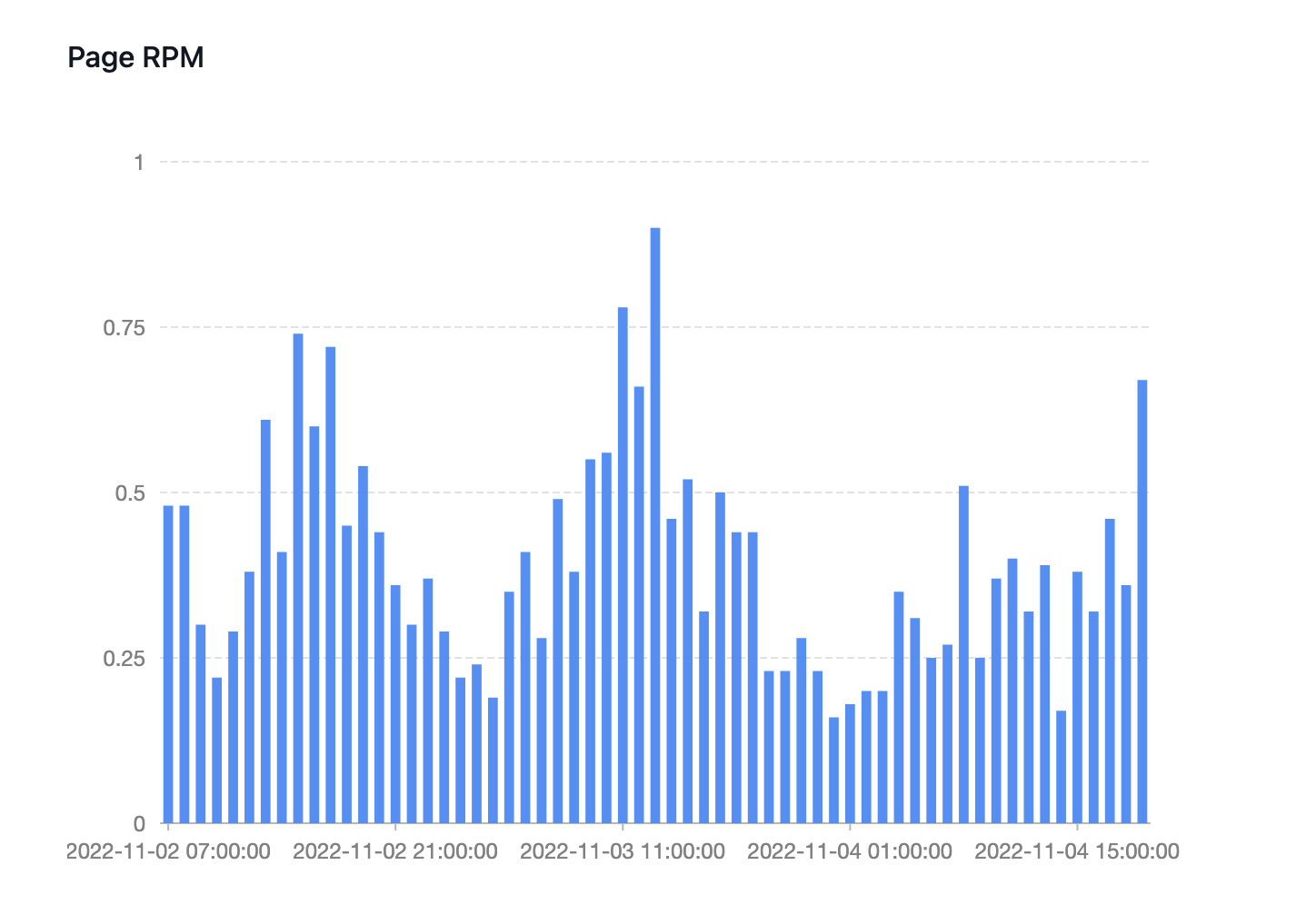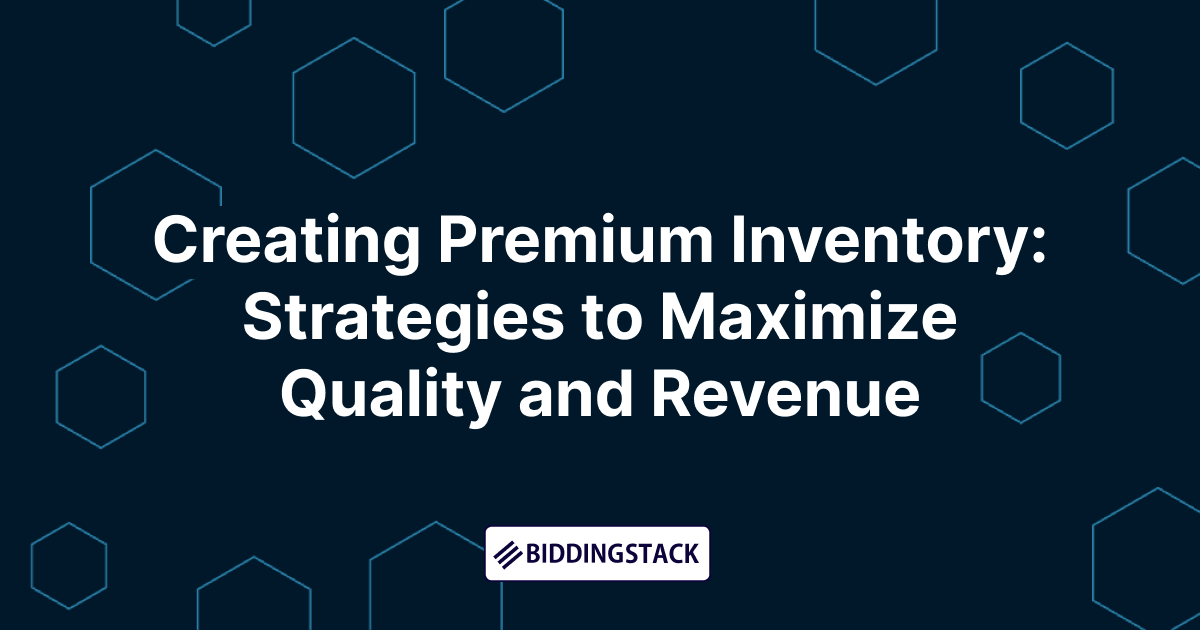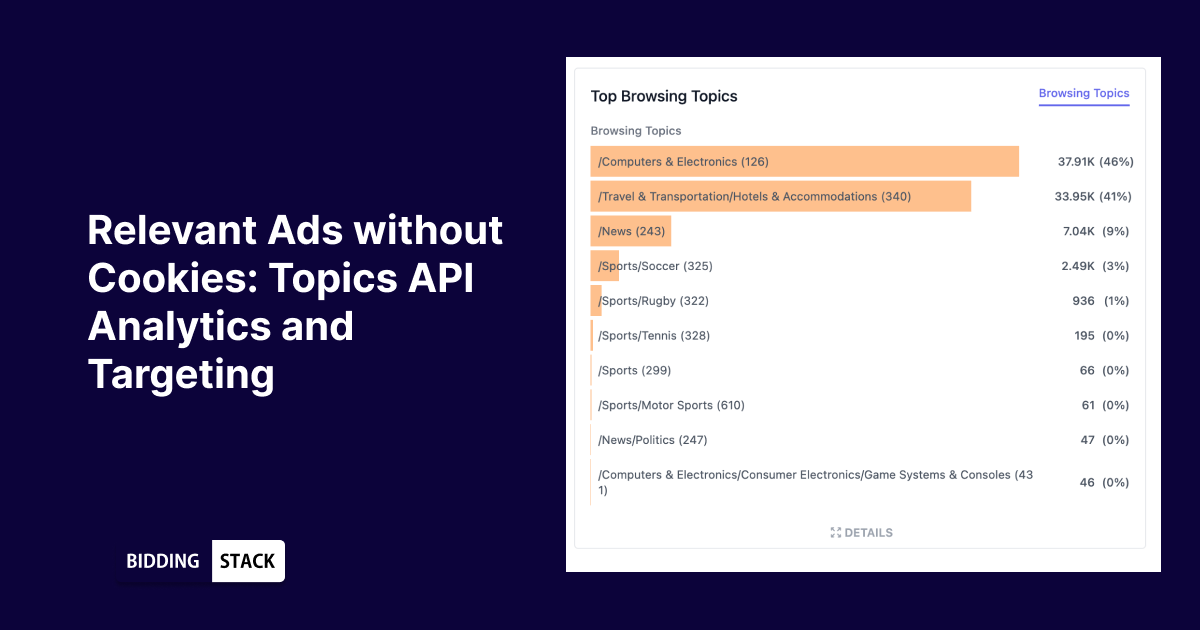Page RPM: Page revenue per thousand impressions
Measure and track page revenue. Generate page RPM reports.

- What is Page RPM?
Page Revenue Per Thousand Impressions (RPM) is a crucial metric in the realm of online advertising. It is calculated by dividing your estimated earnings by the number of page views your website or platform has received, and then multiplying the result by 1000. Page RPM provides a clear indication of how effectively your digital assets are monetized and the revenue you generate for every thousand ad impressions. This metric is indispensable for publishers, advertisers, and ad tech professionals as it aids in optimizing ad performance and revenue generation strategies.
- How to Improve Page Revenue Per Thousand Impressions (RPM)?
Elevating your Page RPM involves several key strategies that can enhance your ad revenue potential and overall user experience. Here are some effective ways to improve Page RPM:
- Optimize Ad Placements: By strategically adding more ad slots without compromising the user experience, you can increase the number of opportunities for ads to be viewed, thus boosting your RPM.
- Balance User Experience: It's essential to strike the right balance between ad slots and user experience. Overloading your website with ads can drive users away. Ensuring that ads are relevant and non-intrusive is key to maintaining a positive user experience.
- Enhance Content Quality: High-quality, engaging content can attract more visitors and keep them on your site longer. This can lead to more ad impressions and higher RPM.
- Improve User Engagement Metrics: Engaged users are more likely to interact with ads. Enhance user engagement through features like interactive content, social sharing, and user-generated content.
- A/B Testing: Experiment with different ad formats, placements, and content strategies through A/B testing to identify what works best for your audience and yields higher RPM.
- Optimize Page Load Times: Faster-loading pages lead to improved user experiences and more ad views. Minimize page load times to increase RPM.
By implementing these strategies, you can work towards maximizing your Page RPM and ultimately increase your ad revenue.
- Page RPM Reporting
Page RPM reporting is an essential component of any ad management system. It involves generating reports for your websites, providing valuable insights into the quality of your web pages and the performance of your ad placements. These reports enable publishers and advertisers to make data-driven decisions to optimize their ad strategies. BiddingStack, as a leading ad management system, can measure and provide insights and analysis on the following points using Page RPM data:
- High-Performing Pages: BiddingStack can identify which pages on your website are generating the highest RPM. This information is valuable for optimizing your overall content and ad placement strategies.
- Underperforming Areas: The system can help you uncover pages or sections with lower RPM, allowing you to make data-driven decisions to improve their revenue potential.
- Ad Placement Effectiveness: BiddingStack can assess the effectiveness of your ad placements and recommend adjustments for better performance.
- Impact of Content Changes: By analyzing Page RPM data, BiddingStack can help you understand how modifications to your content and user engagement strategies influence your RPM and overall ad revenue.
- Benchmarking: BiddingStack can compare your Page RPM with industry benchmarks, providing insights into your performance relative to your peers in the industry.
BiddingStack Page RPM reporting is a powerful tool for optimizing ad monetization and ensuring that your website is performing at its revenue-generating best. It allows you to make informed decisions and continually enhance the quality and profitability of your online assets.
Press and News

Single Page Applications: Effective Strategies to Maximise Ad Revenue

New BiddingStack Feature Lets Publishers Block Unwanted Ads

Creating Premium Inventory: Strategies to Maximize Quality and Revenue

New Features: Exit Intent Ads, Interstitial Ads, and Audio Player

Introducing BiddingStack Video Player: Your Partner in Maximizing Video Ad Revenue

Relevant Ads without Cookies: Browsing Topics Analytics and Targeting based on Topics API

